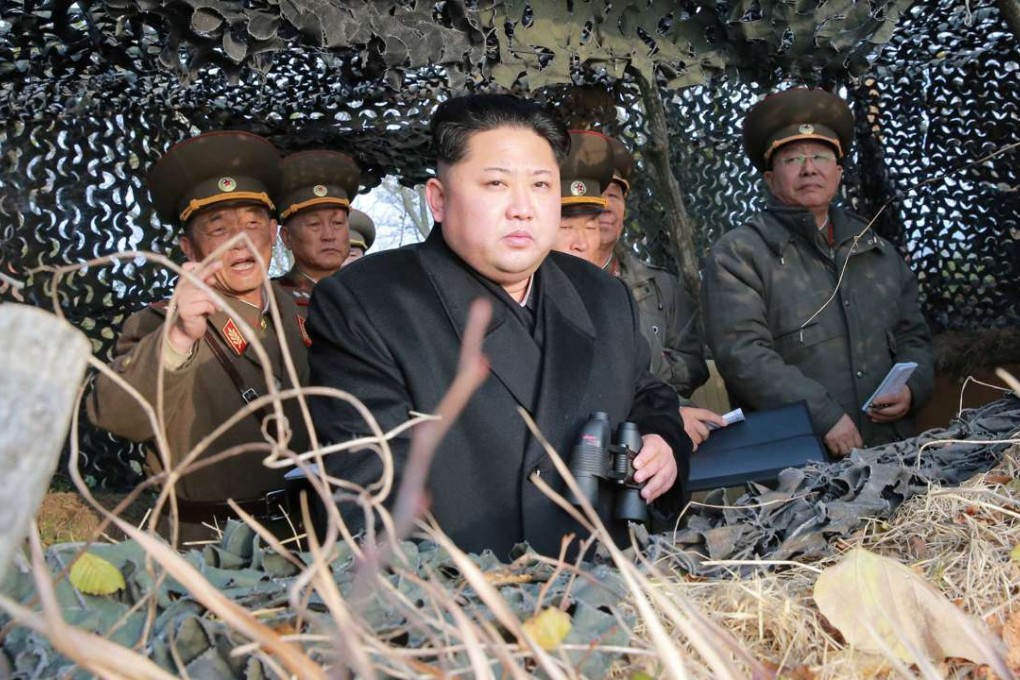Under Trump, America can defuse the Korean nuclear crisis – with help from China and Russia
Charles K. Armstrong and John Barry Kotch say North Korea may well be willing to give up its nuclear plans if both Xi and Putin can be convinced to add their weight to the diplomatic outreach

Throughout most of its tenure, the Obama administration has put its stock into increasingly intrusive sanctions based on a strategy of so-called “strategic patience”, but this has not brought a resolution of the North Korean nuclear crisis any closer. On the contrary, Pyongyang has tested nuclear weapons and missiles at an ever-increasing rate.
To end North Korea’s nuclear push, we must first understand its fears

Kim Jong-un’s nuclear trajectory only increases Sino-US friction in northeast Asia
What has been lacking is a diplomatic component as a complement to the pressure of sanctions. Resolving the issue requires not just outreach conducted at the ambassadorial level by a coordinator, but a high-level diplomatic initiative, the only kind that has succeeded in the past.
North Korea’s nuclear capability itself puts the country’s survival at risk, because no American president can tolerate the threat a nuclear-armed North Korea would pose
Had Hillary Clinton been elected president, one could envisage such an initiative led by two former US presidents – Jimmy Carter and Bill Clinton – who have negotiated or held substantive discussions with North Korea’s leader himself or at the top leadership echelon. And while previous agreements reached with Kim Jong-un may have rejected the agreements his father and grandfather made in the 1990s, avowing not to go down the nuclear path via plutonium reprocessing or uranium enrichment, one thing the younger Kim could not have done was spurn the legacy of his father and grandfather in meeting with two former US presidents.
Carter’s negotiations with Kim Il-sung in 1994 led to a shutdown of the nuclear plant at Yongbyon for eight years and the resumption of International Atomic Energy Agency inspections. A bilateral framework established the Korean Peninsula Energy Development Organisation, with the goal of providing light-water reactors to meet Pyongyang’s energy needs. Unfortunately, the agreement fell apart during the first George W. Bush administration.
Towards the end of the Clinton administration, the US moved towards recognising North Korea as a legitimate state actor. The momentum towards diplomatic recognition was symbolised in 2000 by the visit of North Korea’s Marshall Jo Myong-rok to the White House and secretary of state Madeline Albright’s meeting with Kim Jong-il in Pyongyang. The two sides discussed a missile agreement, to be finalised by a presidential visit to North Korea.

